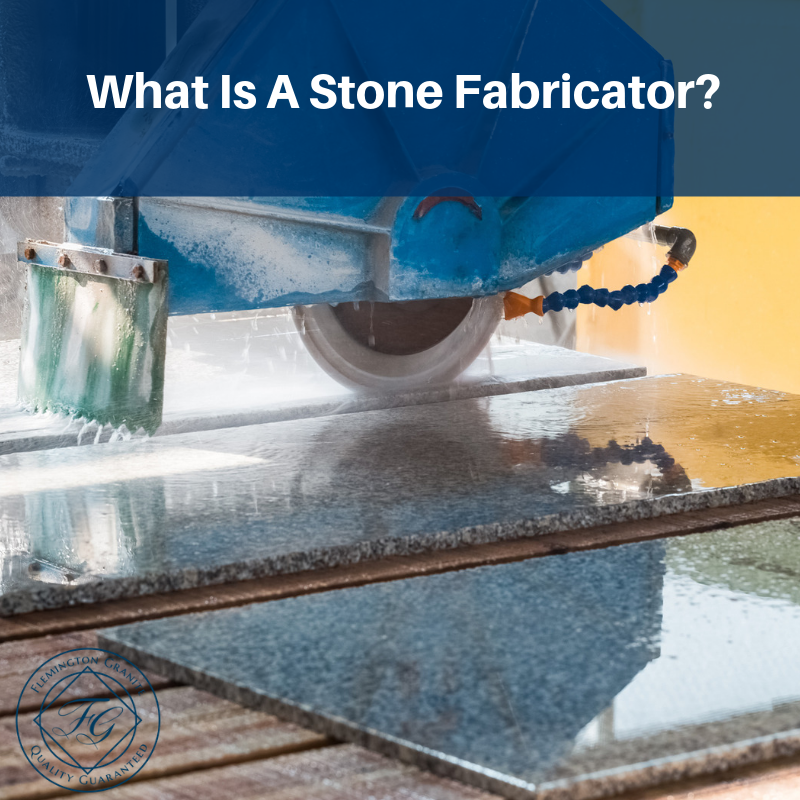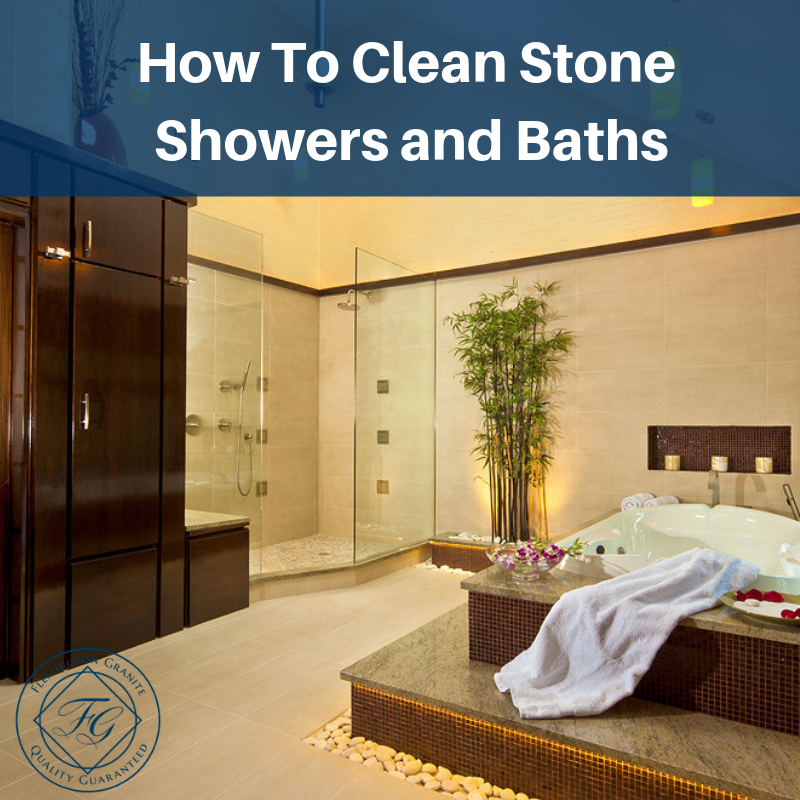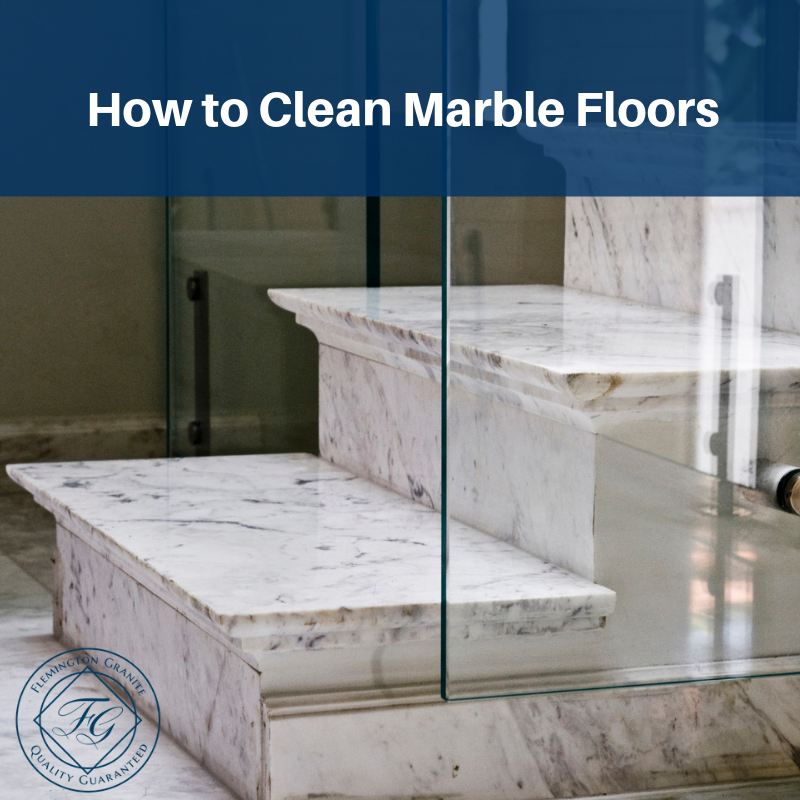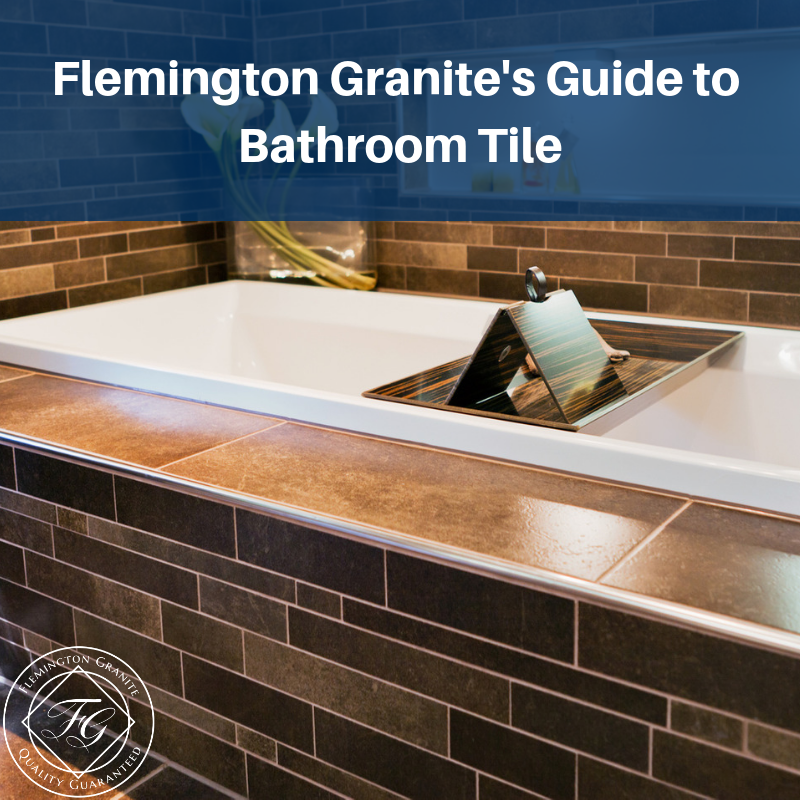Maybe you’ve never dealt with a stone fabricator and aren’t sure what the fabrication process entails but if you are about to venture into a kitchen or bathroom remodel or makeover, you may need a fabricator to help you. So, exactly what does a stone fabricator do?
Stone Fabricator
Stone fabricators are experts with various types of stones, and one of their main specializations is the selection of a stone piece or slab. The actual cutting process involved with natural stone is another factor that relates to a master fabricator. They are also trained to be able to differentiate between different grades of stones and determine the better ones from the not so good ones. In addition, a good fabricator is able to find a specific kind of stone that is required for a project.
Actual Fabrication Process
Stone fabricators help home or business owners in the selection of the right piece of stone for a particular use. They will determine the type of stone needed as well as the amount or quantity required for the job as well as where the stone or slab can be found and ordered. Experience and business affiliations will point fabricators in the direction of stone quarries with the best selections and the top vendors for ordering.
Once a slab is ordered and received, good fabricators will inspect the stone for any defects and imperfections. If there are fissures, fractures or other faults, the stone’s value and quality can be lowered. After inspections, fabricators will size the stone slab and shape it in the configuration requested and will use the necessary tools to complete the piece. The piece will then be refined and polished before it is installed by either the fabricator or an installation crew.
Finding and Choosing a Stone Fabricator
Finding and choosing a stone fabricator can take some searching, but there are qualified ones out there who are able to take a stone slab and transform it into an elegantly shaped final product.
One important aspect is locating a fabricator who is experienced and able to work on specific stone pieces, whether granite or some other type of natural stone. A good, well-rounded fabricator will be able to quickly determine what a homeowner or business is looking for in a stone piece. They should also be able to help a customer in the acquisition process, from choosing the right slab through a reputable quarry, to inspecting the piece for flaws, to transferring it through a vendor and then cutting it to specifications. Finally, a good fabricator should be able to perfect the slab through prepping and finishing the slab’s surface. Installation is the final phase and can be completed by the fabricator or qualified installers.
One more important detail relates to the specific fabrication of certain stone materials. If a homeowner or business is looking for a special stone, a fabricator should be selected who is able to deal with the kind of stone in question. Not every fabricator is going to be able to work magic with a every single stone, so it is important to be specific in a choice when searching for a fabricator.
Whether you are looking for a stone fabricator or just want advice on how to go about the process of selecting a particular type of stone, complete the online contact form and a specialist will be happy to answer your inquiry.




















